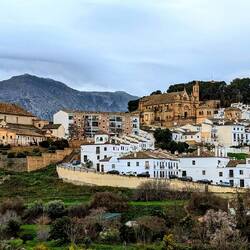Von Ronda nach Cordoba
 February 11 in Spain ⋅ ☁️ 9 °C
February 11 in Spain ⋅ ☁️ 9 °C
Heute geht es weiter nach Cordoba. Von unserer Unterkunft in Ronda fahren wir zunächst in Richtung Ardales und genießen die Schönheit der Landschaft. Selbst bei weniger gutem Wetter ist es toll,Read more










































Traveler Hammer 😮
Hammer 😮
Traveler Ich freue mich so, auf in 4 Wochen, mega eure Bilder
Silvosia Bin immer wieder begeistert 👏🏻